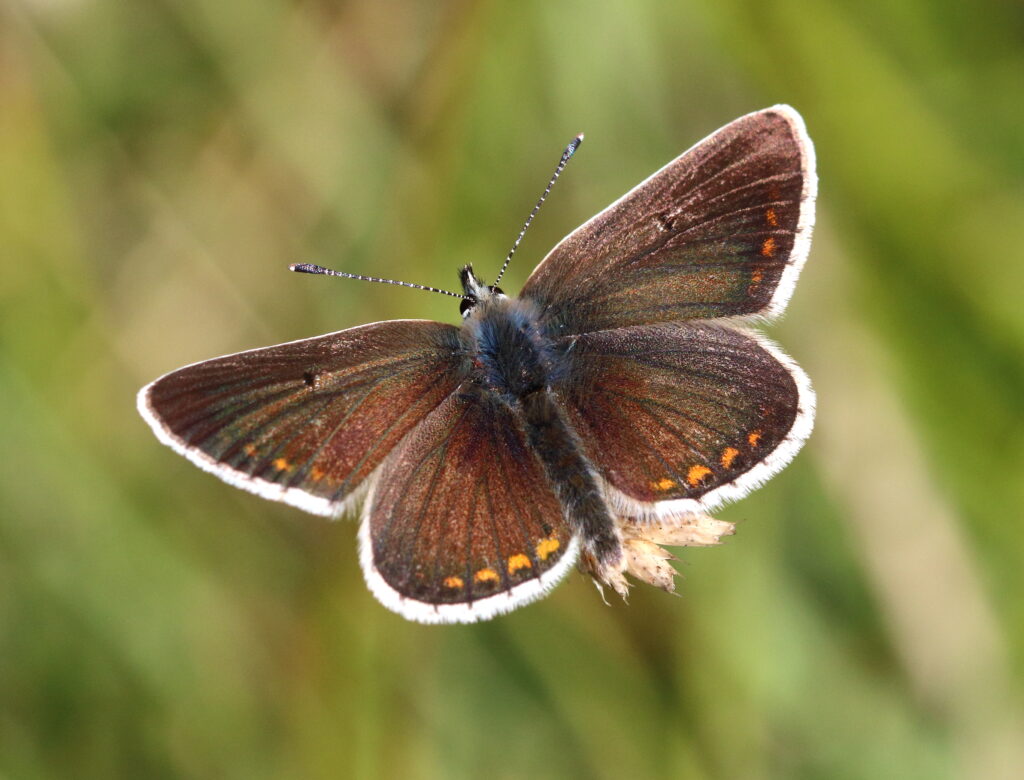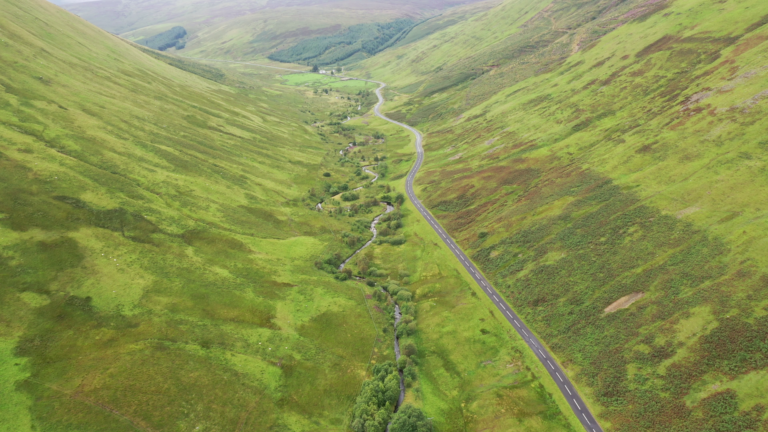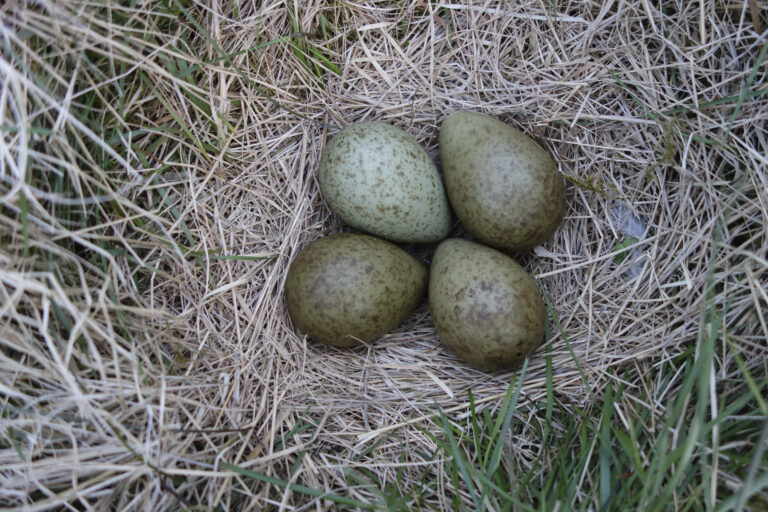Kieran Thomas from Butterfly Conservation tells us about the crucial role farmers can play in helping Scotland’s moths and butterflies to thrive, and why the Agriculture Bill is an opportunity not to be missed.
Butterflies and moths are vital components of our ecosystems, benefitting us and the wider environment in a number of ways. Butterfly pollination is a well-known and celebrated ecosystem service, and moth pollination is beginning to receive more attention and appreciation. Many species of butterfly and moth are vital food chain links, such as the many nocturnal moth species that support bat populations. Butterflies and moths also give us clues about what’s happening across ecosystems – their short life cycles, species-specific reliance on a small range of foodplants, limited dispersal capabilities, and sensitivity to weather and climate make them key indicators of the health of the wider environment.
Butterfly Conservation has been collecting data on Scottish lepidoptera for 50 years. There are about 1,300 species of moth and 35 species of butterfly occurring in Scotland. Moth abundance has almost halved (46% decline) over the last 25 years. Butterflies show more mixed results, with some species seeing population increases and range expansions as a result of climate change, whereas others are suffering losses due to habitat degradation.
With 80% of Scotland’s land being farmland, the agriculture sector is absolutely crucial in protecting and enhancing the country’s biodiversity. Appropriate farming practices can ensure that grasslands, woodlands and other habitats are managed in a way that supports their unique assemblages of butterflies and moths, providing shelter and food throughout the lifecycle.

Species rich grasslands are a key habitat for both butterflies and moths. With grasslands accounting for almost 20% of Scotland’s farmed land, achieving positive management on this habitat could have a major impact on reversing declines in species. Furthermore, grasslands have huge potential as carbon stores, a benefit that many are unaware of or overlook. Positive management for wildlife will generally result in increased carbon storage, a win-win. We are therefore delighted to see grasslands receiving a lot of attention in the recent Farm for Scotland’s Future report, especially the highlighting of their carbon storage capabilities.
Farming can play a vital role in managing these species-rich sites for butterflies and moths. The right level of grazing provides room for important foodplants to flourish and creates a balance between sheltered and open areas that is so important for many butterfly and moth species across their life cycles. Light grazing can also maintain the carbon storage potential of these sites by avoiding over-exploitation of the soil and keeping carbon stored in plants.
Many of Butterfly Conservation’s priority species in Scotland, such as the Small Pearl-bordered Fritillary (Boloria selene), Chequered Skipper (Carterocephalus palaemon), Northern Brown Argus (Aricia artaxerxes) and Marsh Fritillary (Euphydryas aurinia), which are all Scottish Biodiversity List and UK BAP priority species as well, benefit from light grazing and targeted clearing. However, overgrazing and intensive management are catastrophic, destroying these and other species’ habitats, and reducing the carbon storage potential of grasslands.

Away from grasslands, the role of woodlands, trees and hedgerows in farming is also gaining more attention. These habitat features are home to many butterflies and moths, including priority species such as the Pearl-bordered Fritillary (Boloria euphrosyne), as well as acting as habitat corridors for many more. Butterfly-friendly management of hedges, planting individual trees and shrubs, or leaving unmanaged, shrubby edges to woodland can all have positive impacts on butterflies and moths.
However, indiscriminate afforestation is a concern; it is to the detriment of existing high value habitats, the species that use them, and the ecosystem services that we gain from them. Afforestation with little consideration for wildlife risks destroying valuable existing habitats and replacing them with woodlands that have little benefit to biodiversity, woodlands lacking in the tree species richness and structural variety to support diverse assemblages within. Woodland butterfly species in particular require open spaces and a range of young and old growth in order to survive in woodlands.
We therefore welcome the calls from the Farm for Scotland’s Future campaign to integrate trees into farming in a more considered way, one which ensures woodlands are created and managed for wildlife, maintains a variety of habitats in the landscape, and provides the widest possible benefits to the greatest diversity of species, including Scotland’s butterflies and moths.
Farming is uniquely placed as sector that has the potential to carry out conservation and biodiversity enhancement on a truly national scale, whilst providing immediate goods and services to society at the same time. It is the sector that is best placed to demonstrate that humanity is part of the wider ecosystem and, consequently, working with nature, not against it, is the only way to deliver a sustainable future for the environment.
Nature-friendly farming can ensure land is managed with the right actions at the appropriate intensity to allow a huge diversity of butterflies and moths to thrive across Scotland. Integrating various habitats within these management plans can create a landscape that allows species to find resources more easily across their entire life cycle and for generations beyond, using wildlife-friendly spaces as corridors to move from habitat to habitat.
For these reasons and more, support is urgently needed to ensure nature is at the heart of Scottish agriculture. An Agriculture Bill that delivers for biodiversity is an opportunity to shatter the illusion of the dichotomy between nature conservation and productive farming, creating a genuinely sustainable and just system that works for our entire environment. It is an opportunity we cannot afford to miss.
Disclaimer: The opinions expressed in this blog are the author’s and do not necessarily represent the views of all the organisations backing the Farm for Scotland’s Future campaign.




